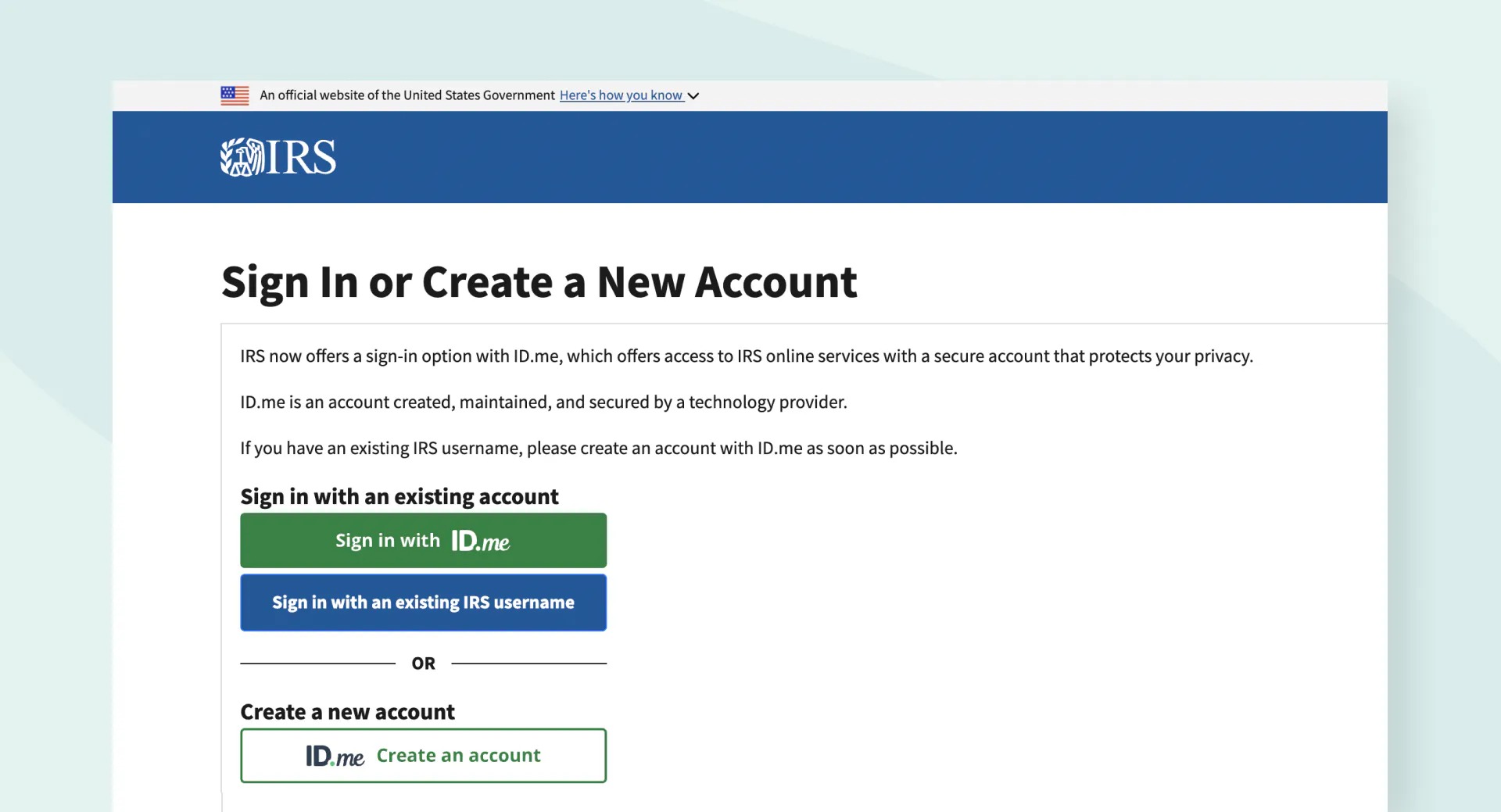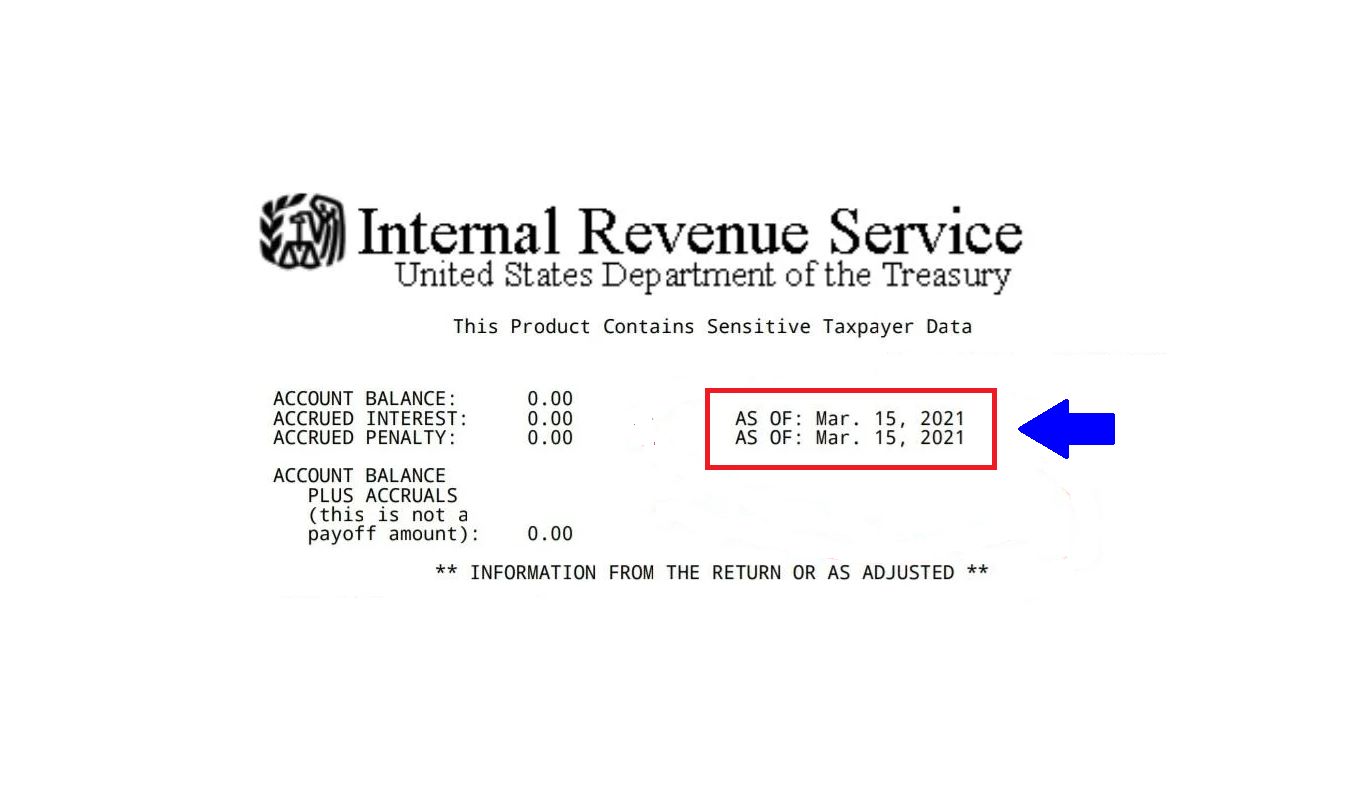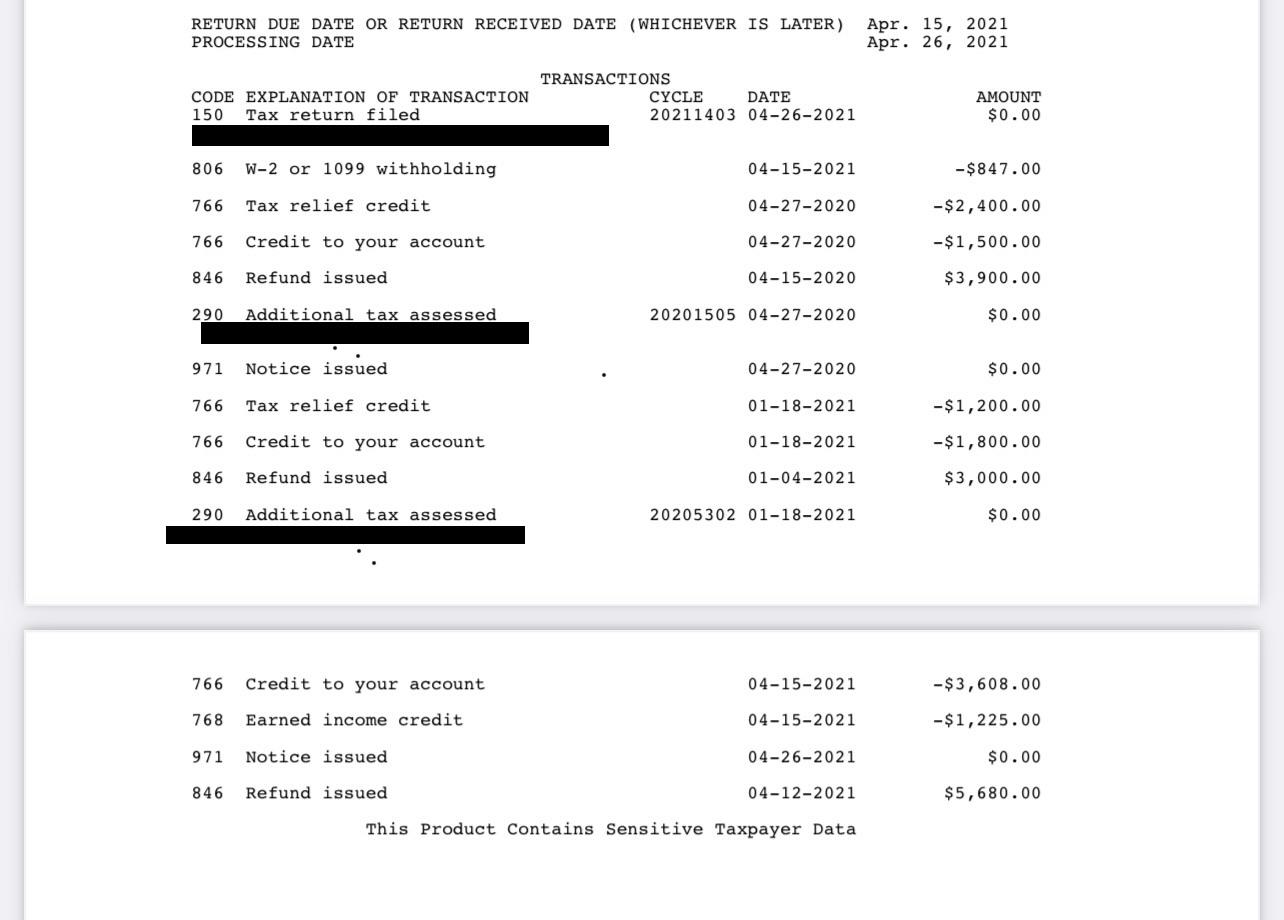

Finance
What Is Code 971 On An IRS Transcript?
Published: October 31, 2023
Learn what code 971 on an IRS transcript means for your finances and how it may affect your tax situation.
(Many of the links in this article redirect to a specific reviewed product. Your purchase of these products through affiliate links helps to generate commission for LiveWell, at no extra cost. Learn more)
Table of Contents
Introduction
IRS transcripts can seem like cryptic documents, filled with codes and numbers that are difficult to decipher. If you’ve come across Code 971 on an IRS transcript, you may be wondering what it means and how it could impact your financial situation. In this article, we will shed light on Code 971 and discuss its significance for taxpayers.
Understanding IRS transcripts is essential for anyone dealing with tax-related matters. These transcripts provide a record of your tax return information, including income, deductions, payments, and any adjustments made by the IRS. They are often requested by individuals or professionals, such as tax preparers or lenders, to verify financial information.
Code 971 is one of the many codes used by the IRS on transcripts, and it indicates potential issues or changes to your tax return. By understanding what Code 971 means and the possible reasons for its appearance on your IRS transcript, you can address any concerns and take appropriate actions to resolve them.
Understanding IRS Transcripts
Before diving into the specifics of Code 971, it’s important to have a basic understanding of IRS transcripts. An IRS transcript is a summary of your tax return information, including your filing status, income, deductions, credits, and payments. It provides a detailed record of your financial activities with the IRS.
There are different types of IRS transcripts, such as the Tax Return Transcript, which summarizes your original tax return, and the Account Transcript, which provides an overview of transactions and adjustments made by the IRS. Transcripts are typically requested for various reasons, such as applying for a mortgage, resolving tax disputes, or verifying income for government programs.
IRS transcripts are different from tax returns. While a tax return is the actual document you submit to the IRS, a transcript is a summary of the information contained in your tax return. Transcripts are useful because they provide an official record of what the IRS has on file for your tax history.
It’s worth noting that not all codes on an IRS transcript indicate a problem or issue. Many codes are mere placeholders or identifiers for specific processes or actions taken by the IRS. However, some codes, such as Code 971, do indicate potential issues or changes to your tax return that require attention.
Now that we have a general understanding of IRS transcripts, let’s dive deeper into Code 971 and what it signifies.
Code 971: Explanation
Code 971 on an IRS transcript represents the Notice of Deficiency. It is a formal notice sent by the IRS to inform taxpayers of the agency’s proposed changes to their tax return. The IRS issues this notice when they have conducted an examination of the taxpayer’s return and have determined that additional tax liabilities are owed.
When Code 971 appears on an IRS transcript, it means that the IRS has identified discrepancies or differences between the information reported on your tax return and what they believe to be correct. It is essentially a notification that the IRS intends to adjust your tax liability. However, it is important to note that receiving Code 971 does not automatically mean you are at fault or that you owe additional taxes.
Upon receiving a Notice of Deficiency with Code 971, you have the right to dispute the IRS’s proposed changes within a specific timeframe. This typically involves providing documentation or evidence that supports your original tax return and refutes the IRS’s findings. It is crucial to carefully review the notice and understand the specific adjustments the IRS is proposing.
It is important not to ignore Code 971 or the accompanying Notice of Deficiency. Ignoring the notice or failing to respond within the given timeframe can result in the IRS assessing the proposed changes and issuing a formal bill for the additional tax liabilities. This can lead to penalties, interest, and potential legal action if left unresolved.
If you disagree with the proposed changes outlined in the Notice of Deficiency, it is recommended to consult with a tax professional or seek guidance from a tax attorney. They can assist you in understanding your options, preparing a response, and representing your interests during the dispute resolution process.
Common Reasons for Code 971 on an IRS Transcript
Code 971 on an IRS transcript can have various underlying reasons. By understanding some of the common causes, you can better navigate the situation and address any concerns raised by the IRS. Here are a few possible explanations for the appearance of Code 971:
- Mathematical errors: Sometimes, the IRS identifies mathematical errors or discrepancies in calculations on your tax return. These errors can result in a Notice of Deficiency with Code 971, indicating the need for adjustment.
- Income discrepancies: If the income reported on your tax return does not match the information reported by your employer, financial institutions, or other sources, the IRS may issue a Notice of Deficiency to address the discrepancy and propose necessary adjustments.
- Deduction or credit issues: Certain deductions, credits, or exemptions you claimed on your tax return may be flagged by the IRS for further examination. If they find inconsistencies or lack of supporting documentation, they may issue a Notice of Deficiency with Code 971.
- Audits or examinations: Code 971 may also appear on your transcript if your tax return has been selected for an audit or examination. This could be due to random selection, specific criteria, or suspicious activities identified by the IRS.
- Identity theft or fraud: In some cases, Code 971 may indicate potential identity theft or fraudulent activity. If the IRS suspects that someone has filed a tax return using your information or that you may be involved in tax fraud, they may issue a Notice of Deficiency to address the situation.
It’s important to note that this list is not exhaustive, and there may be other reasons for Code 971 to appear on your IRS transcript. When faced with Code 971, it is crucial to carefully review the accompanying Notice of Deficiency and seek professional assistance to understand the specific issues and determine an appropriate course of action.
Resolving Code 971 Issues
If you have received a Notice of Deficiency with Code 971 on your IRS transcript, it is important to take prompt action to resolve the issues and avoid potential penalties or legal consequences. Here are some steps you can take to address Code 971:
- Review the Notice of Deficiency: Carefully examine the notice to understand the proposed changes and the specific issues raised by the IRS. Take note of the deadlines and instructions provided.
- Gather supporting documentation: Collect all relevant documents, such as receipts, bank statements, and records, to support the positions taken on your original tax return. This documentation is essential for rebutting the IRS’s proposed adjustments.
- Respond within the given timeframe: It is crucial to respond to the Notice of Deficiency within the specified timeframe. Failing to respond can result in the IRS assessing the proposed changes and potentially initiating collection activities.
- Consider professional assistance: Seeking guidance from a tax professional, such as a certified public accountant or tax attorney, can be beneficial. They can review your tax return, analyze the proposed adjustments, and help you develop a strong response to challenge the IRS’s findings.
- File an appeal if necessary: If you disagree with the proposed adjustments and are unable to resolve the issue with the IRS directly, you may choose to file an appeal. This involves submitting a formal written protest containing your arguments and supporting documentation.
- Communicate and negotiate: Maintain open lines of communication with the IRS throughout the process. It is often possible to negotiate a resolution or reach a settlement that satisfies both parties without going to court.
- Seek legal representation if needed: In complex cases or situations involving significant financial implications, it may be necessary to enlist the services of a tax attorney with expertise in tax controversy and litigation.
Resolving Code 971 issues may require patience and persistence. It is crucial to stay organized, keep records of all correspondence, maintain copies of relevant documents, and follow through with any agreed-upon actions. By taking these steps and seeking professional assistance when necessary, you can work towards resolving the issues raised by Code 971 on your IRS transcript.
Conclusion
Dealing with Code 971 on an IRS transcript can be stressful and confusing. However, understanding the significance of this code and the steps to resolve the associated issues is crucial for maintaining your financial well-being.
In this article, we have explored the meaning of Code 971 and discussed some common reasons for its appearance. We have also outlined steps for effectively addressing Code 971 and navigating the process of resolving IRS tax discrepancies.
Remember, receiving a Notice of Deficiency with Code 971 does not automatically mean you are at fault or that you owe additional taxes. It is important to review the notice carefully, gather supporting documentation, and respond within the given timeframe. Seeking assistance from a tax professional can also be valuable in ensuring a proper and effective resolution.
Resolving Code 971 issues with the IRS may require patience and persistence, but it is essential to protect your rights and financial interests. By taking proactive steps and remaining engaged in the process, you can work towards a resolution that is fair and favorable to you.
Always keep in mind that tax matters can be complex, and the information provided in this article is for general informational purposes only. For personalized advice or guidance regarding your specific situation, it is recommended to consult with a qualified tax professional.
With a proactive approach, a clear understanding of IRS transcripts, and proper guidance, you can navigate the challenges associated with Code 971 and ensure compliance with the tax laws while protecting your financial well-being.














